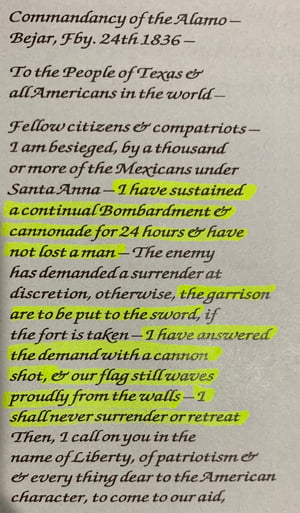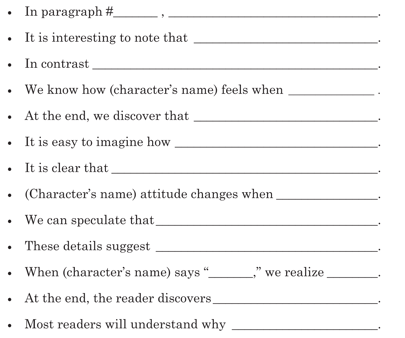Text Analysis | Student Writing Lessons | Student Writing Samples | Narrative – Literary Analysis Tasks | Middle Grade | Sentence Starters | Response to Text | Student Sample Library
Analytical Thinking
Literal vs. Inferential thinking… Many of our students struggle to move past the literal meaning (What is right there in front of them) to the inferential meaning (What we can learn that is not shown on the surface of the words used) in their reading. The skill begins at a primary level, when our students are simply looking a pictures and discussing what they can learn from them. Teaching students to discuss the features in the picture to acquire the literal meaning, and then discuss what the author wanted you to learn from that picture, helps to determine the inferential meaning.
As students get older, they are no longer just inferring from pictures, but text as well. Learning is scaffold through the years to teach the skill making an inference. Students begin to from simple pictures, then to text accompanied with clues, and finally to critical analysis where they have to analyze the meaning of the vocabulary used and apply it to the situation. Here is an example of using a historical document to teach inference, and then generate a response to text as to what the author intended the reader to learn.
This lesson was sent out to 7th grade students via google classroom. Students read the letter and then used the response to text sentence starters to generate an explanation of the excerpt in “Letter from the Alamo, 1836.”
Link to full transcription of William Barret Travis' Letter- https://www.tsl.texas.gov/sites/default/files/public/tslac/landing/documents/TravisLtr_Trans.pdf


